how can a return to natural based dyes usher a shift towards more balanced care cycles?
Natural dyes from earth pigments, lichen, plants and food waste were historically used before the introduction of petrochemical dyes. after a year of harvesting bioregional pigments locations with rich, material histories and researching natural ink making processes, I used petri-free dyes to make the following pieces as textile dyes on local textile fiber waste or as paint on local paper waste.
I casted unglazed porcelain bowls to use as paint mixing vessels because I love the process of discovery in material research and in the spirit of of Audre Lorde, the master's tools will never dismantle the master's house, as such I returned to natural ink making tools.
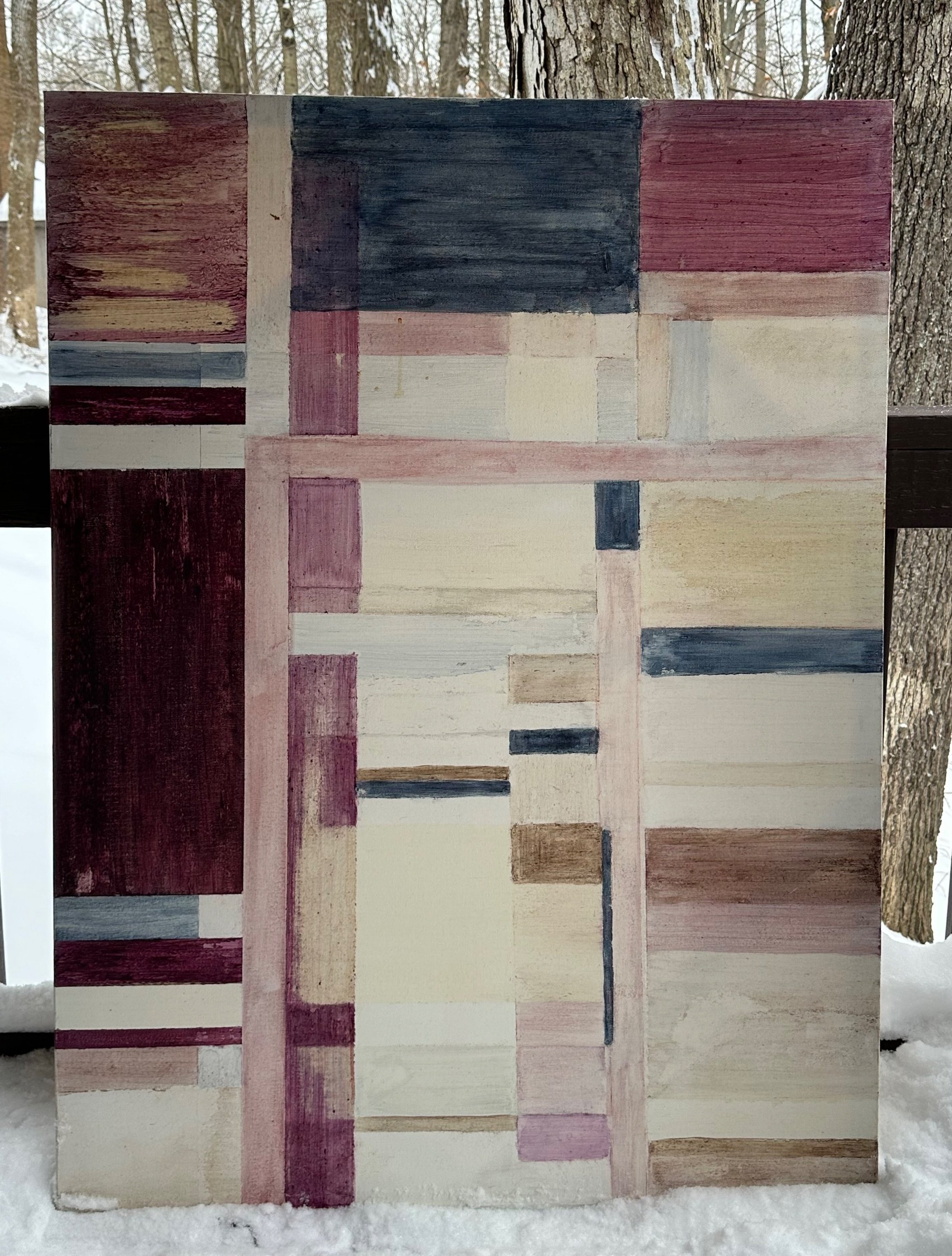
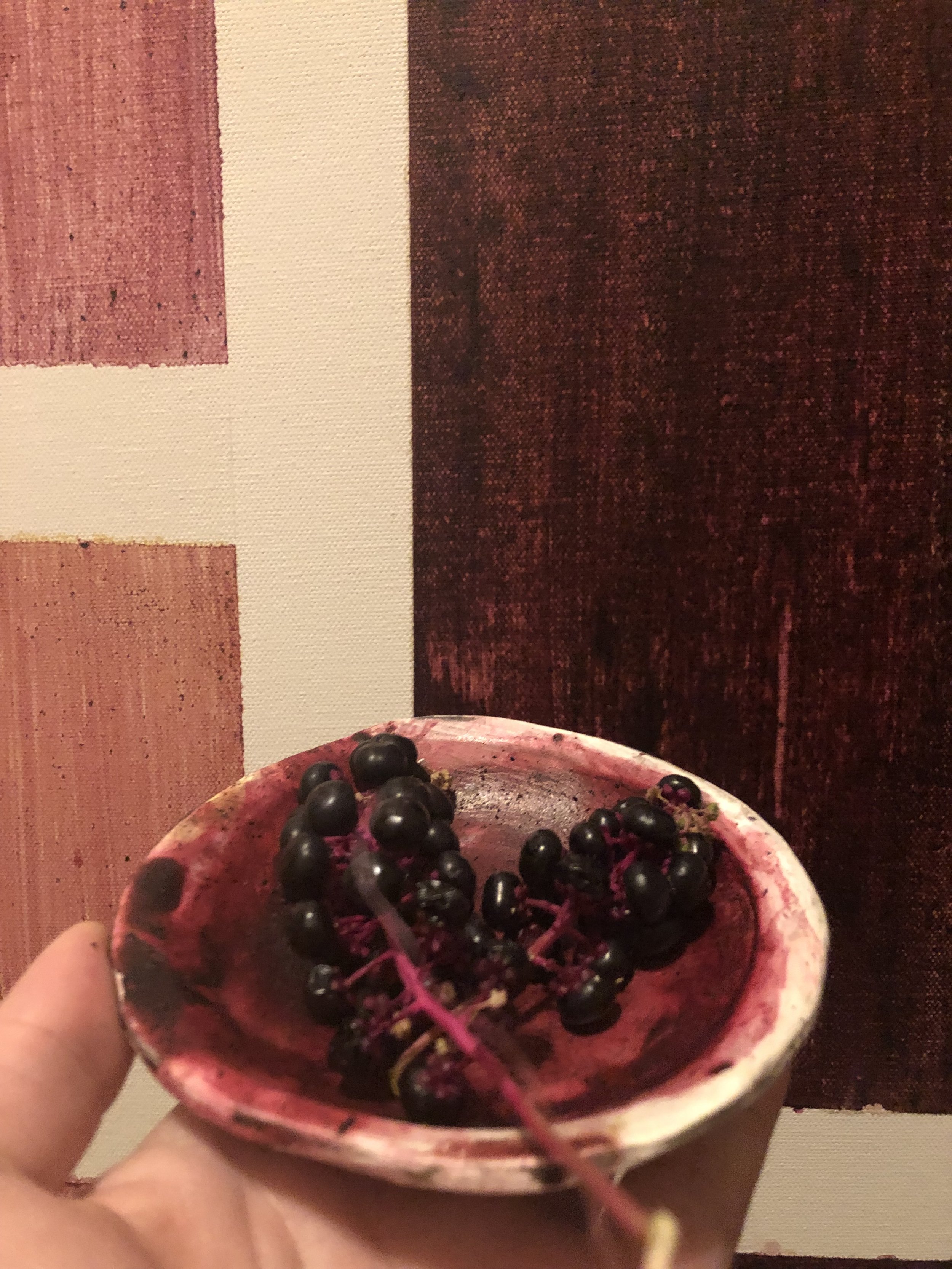
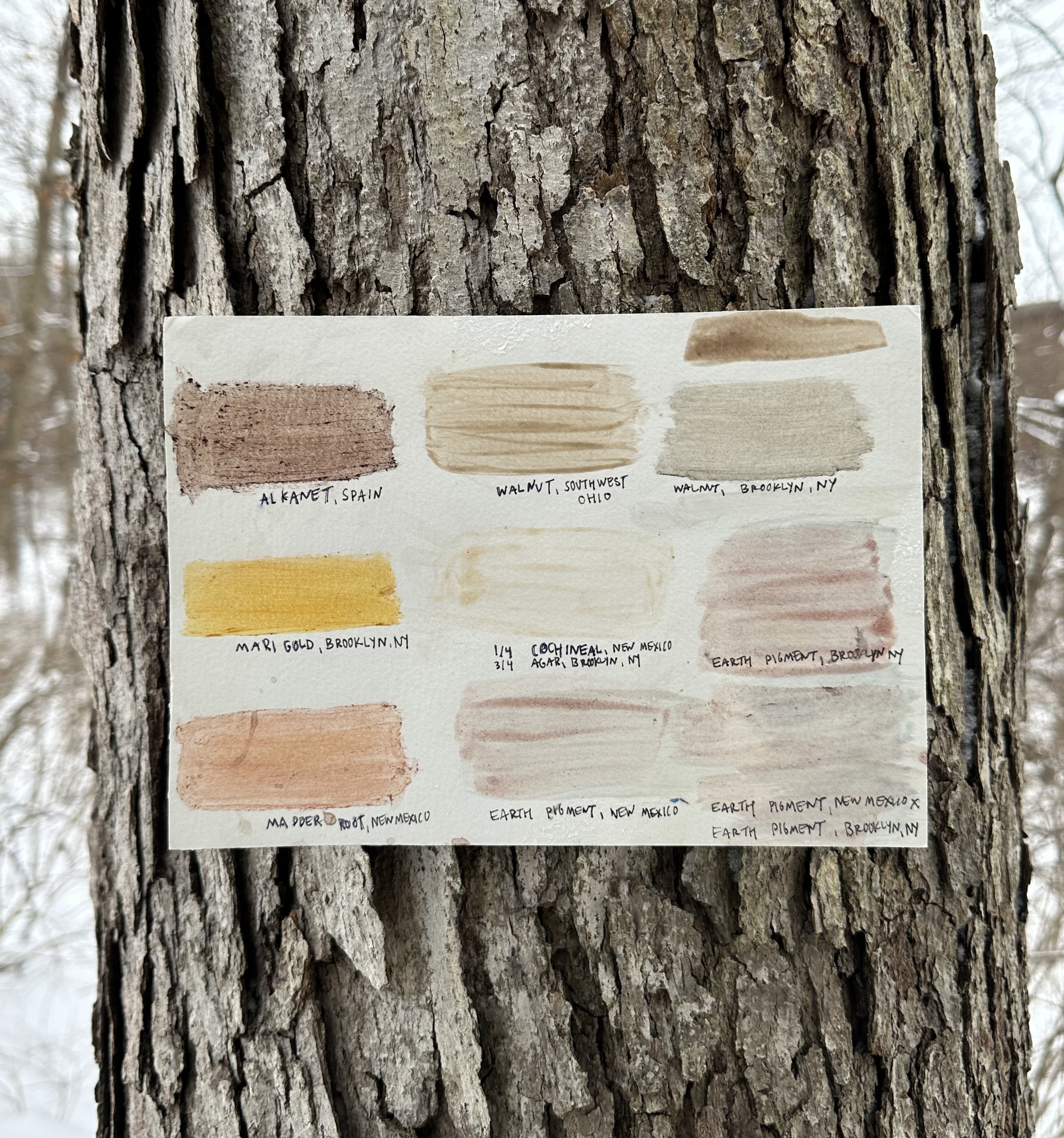
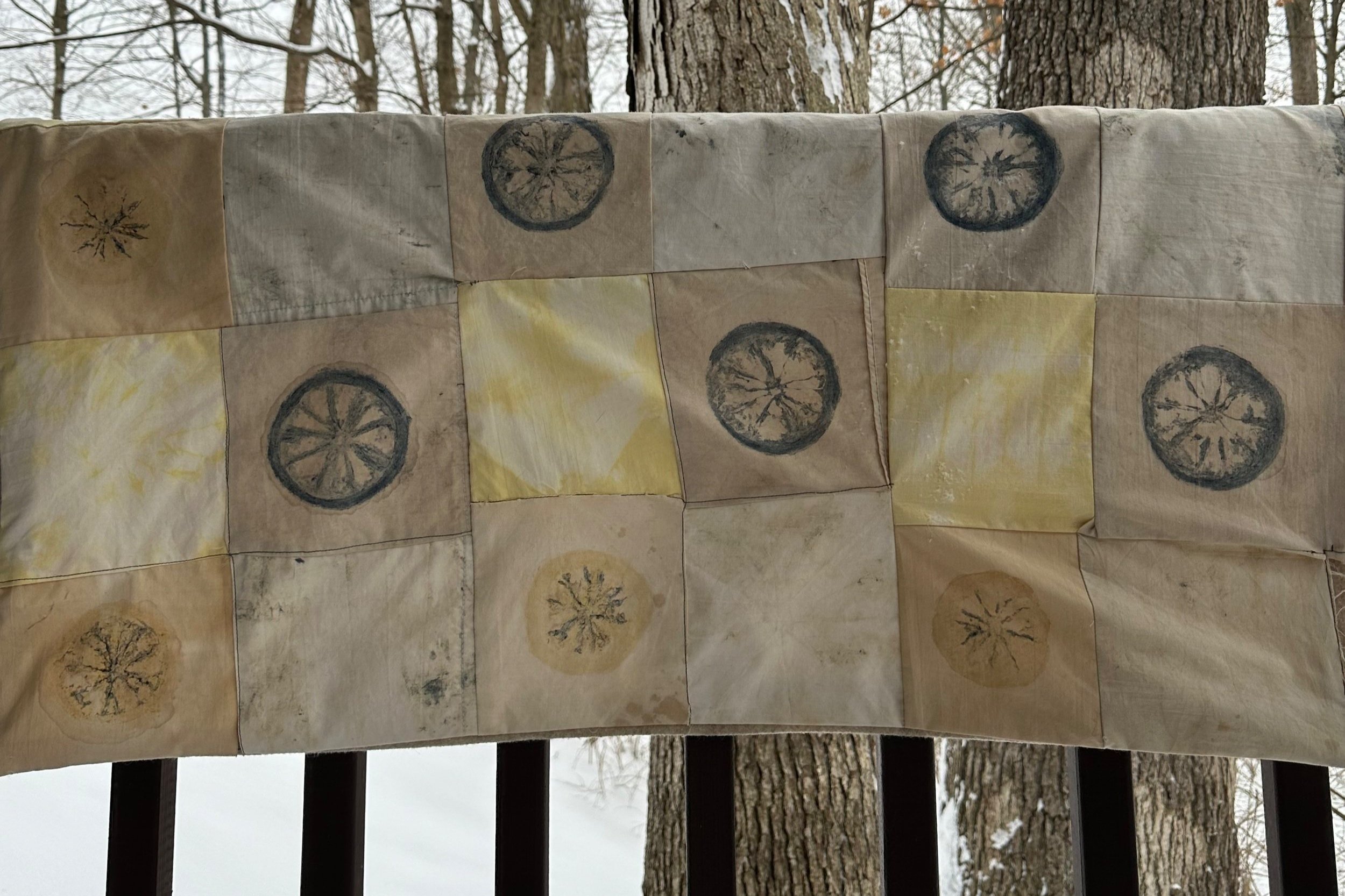
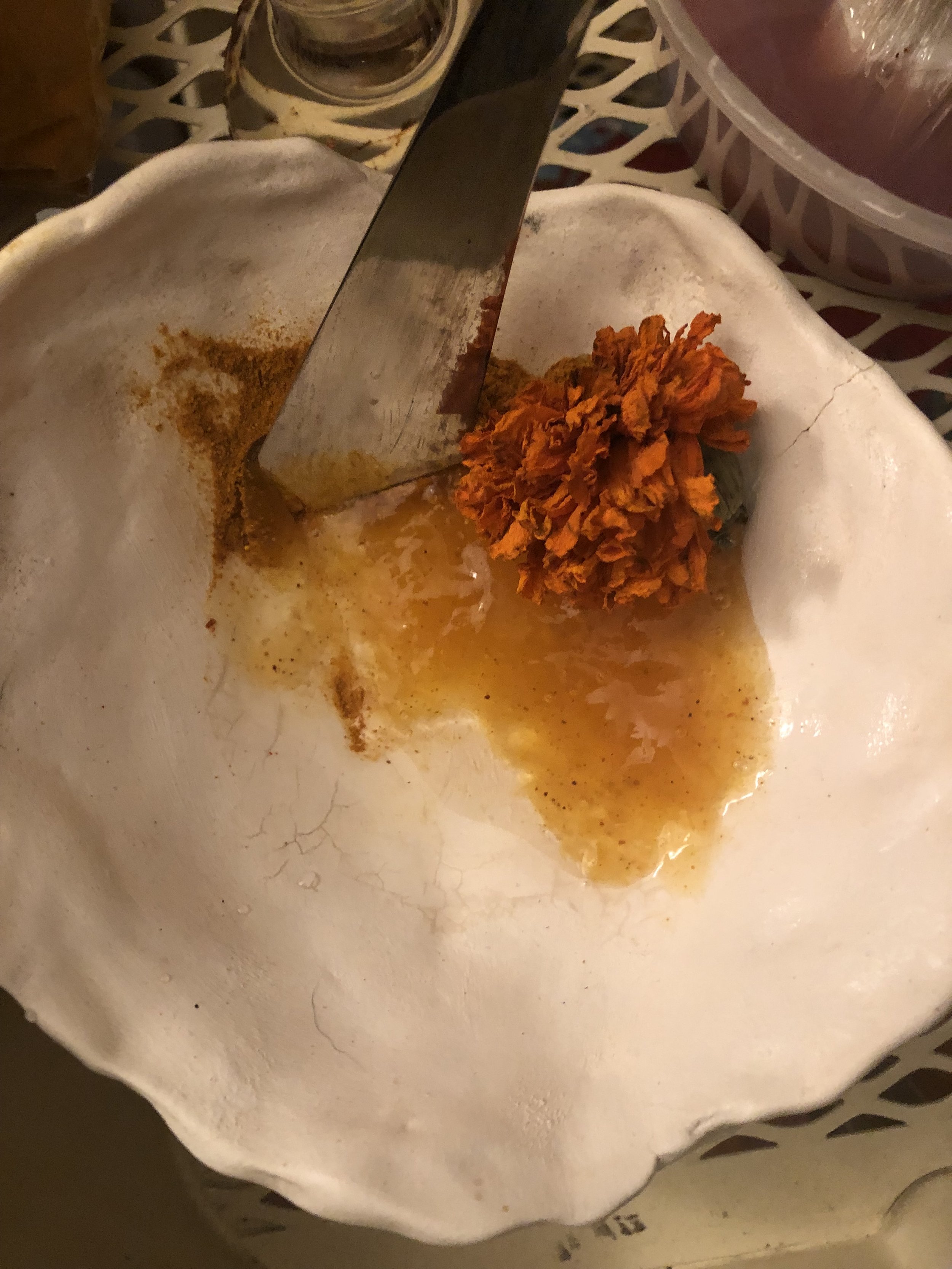
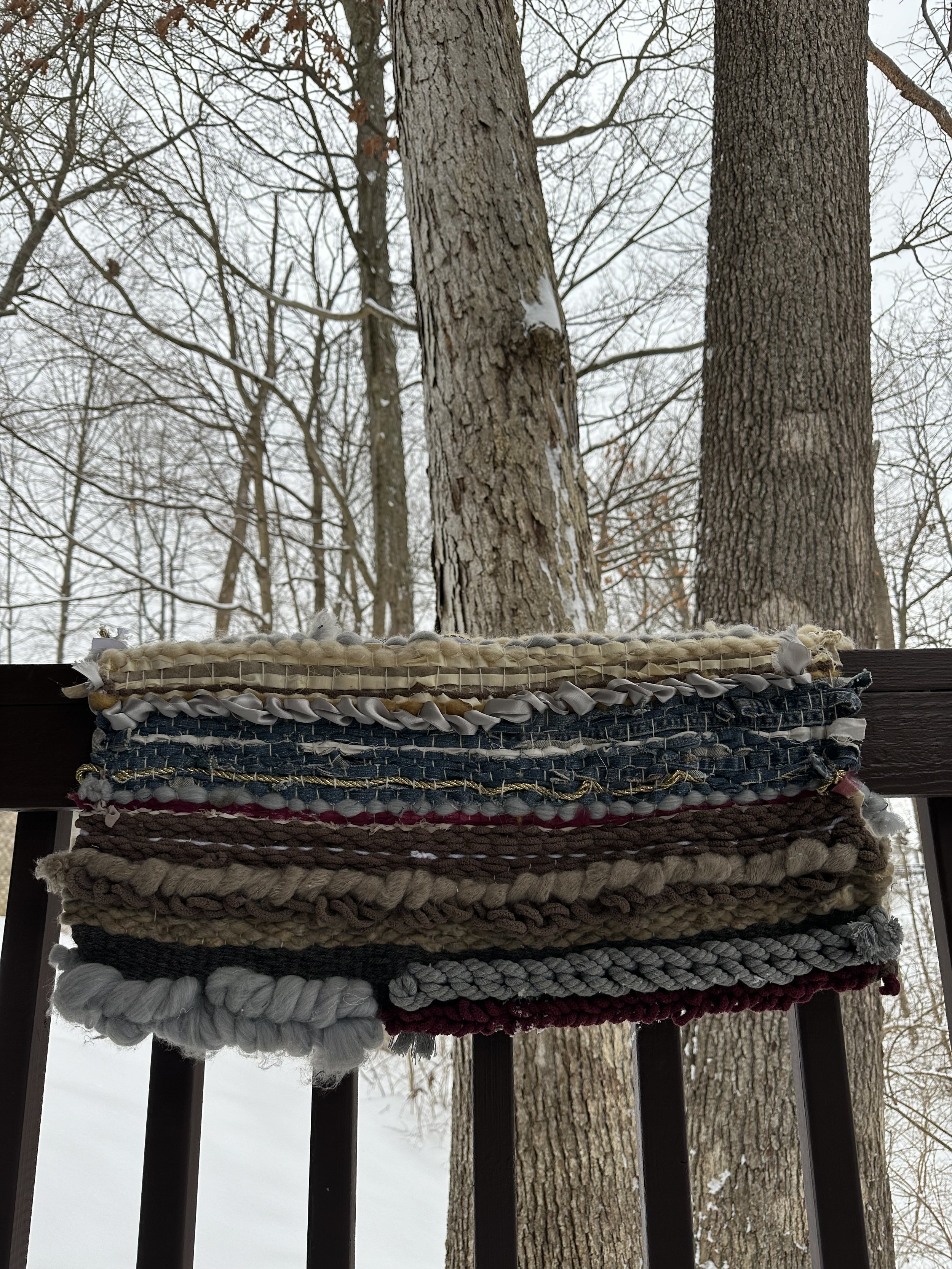
lichen based dyes
have origins dating back to the Neolithic period. As a dye source, lichen has a rich history of use throughout Ireland, Scotland, Sweden & Iceland. Fermenting in an ammonia solution is required for dye extraction as traditionally used urine to accomplish this process.
Can a natural dye source experience classism? Lichen was a common dye for working classes and thus known as a peasant dye and cultural attitudes embraced other dye sources.
